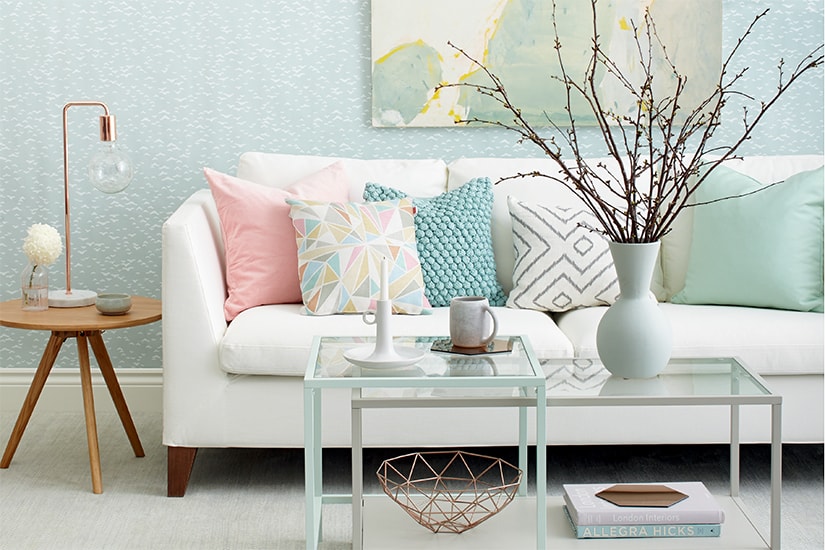Organizing Ideas
Organizing 101: Organizing paperwork

Organizing Ideas
Organizing 101: Organizing paperwork
When organizing anything, the golden rule is to give whatever is disorganized a home and create a system to get it there. Paper is no different: you need a system that organizes what's already in the house and accommodates what arrives daily. Here's how you can create a system to make sure you don't leave a paper trail.
EVERYDAY PAPERS
There are two steps in creating an organizing system for paper: sorting and filing.
Sorting
1 Decide on a location for sorting. Ideally, create a “household information centre,” which can be a desktop and nearby filing cabinet. If you don't have room for such an area, find a comfortable spot to sit and file papers in a portable file system (an accordion file, filing cart or cardboard or wicker file boxes) that you can return to a closet or shelf when the job's done.
2 Collect stray papers from around the house. If you have a backlog, tackle papers one room at a time.
3 Buy four cardboard file boxes. Later, once you've created an organizing system and know how much file storage you need, you can buy an appropriately sized file cabinet and use the file boxes for long-term storage.
4 Keep other supplies handy, including a recycling bin, a garbage bag, file folders, hanging file folders, labels, Post-it notes, a stapler, a few pencils, a thick marker and elastic bands.
5 Use the marker to label each box with one of these four main categories: Personal; Home; Financial and Legal; Action (for bills or forms requiring immediate action).
6 Sort all papers one piece at a time into one of the boxes or the recycling bin or garbage bag. Don't read them, just scan and sort.
7 Deal with papers in the Action box as soon as possible; once you've acted on them, you can sort those papers into one of the other three boxes.
FILING
1 Create subcategories for each box except Action, which should now be empty. Start with the Personal box, for example. Pick a paper from the box, maybe a picture of a living room you've clipped for decorating inspiration. Write the subcategory Decorating on a file folder in pencil. Put the clipping inside and set aside the folder. Repeat the system with each paper in the box, creating new folders as needed. Later, when you're confident of your subcategories, label the folders permanently.
2 Sort the file folder subcategories into groups. For instance, Decorating, Gardening and Recipes file folders can all go into a hanging file labelled Home.
3 Alphabetize the hanging files and return them and the folders to the storage box.
4 Repeat the system with paper in the remaining boxes.
Image courtesy of Tarkett Residential
INCOMING PAPERS
Magazines & newspapers
1 Place a big container for current newspapers and magazines close to where you read them.
2 Empty the container once a week (or before recycling day).
3 Purge magazines regularly, within reason. Because most of my colleagues and I are magazine junkies, I'd be a hypocrite if I said that you should recycle or give away all but the current issues. If you refer to past issues often, organize them in magazine holders.
4 File clippings as soon as you rip them out.
1 Set up a place to sort mail (ideally, it's the home information centre). Place mail in a container in that area until you're ready to open it.
2 When you open mail, be honest. Ask yourself, Is this something I need to keep or something I want to keep, or can I throw it out now? Recycle junk mail and envelopes immediately.
3 Sort mail into folders: Events, Bills (to be paid), Charities (to consider), Forms (to fill out) and whatever else is appropriate for you. Keep the folders in an accordion file, wall-mounted file holder or another container near your sorting centre.
OUTGOING PAPERS
This is the easiest system to set up.
1 Put paper recycling bins in convenient spots for all members of the family. Typical locations include: where the mail is opened; the kitchen, for cardboard food containers; beside the desks of adults and children; the family room, if that's where newspapers and magazines are read.
2 Empty the bins!
Image courtesy of Tarkett Residential














Comments